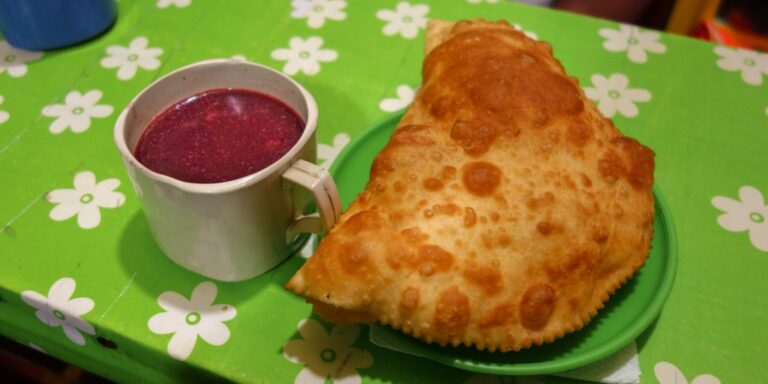Introduction: Bolivian cuisine
Bolivian cuisine is a reflection of the country’s diverse cultural and geographical influences. It is characterized by an abundance of indigenous ingredients such as quinoa, potatoes, corn, and chili peppers. Bolivian cuisine is also known for its use of spices and herbs like cumin, oregano, and parsley. However, one of the most essential staples of the Bolivian diet is bread.
Bread as a staple of Bolivian cuisine
Bread is an essential part of Bolivian cuisine and is consumed daily by many Bolivians. It is an inexpensive and filling food, making it a popular choice for breakfast, lunch, and dinner. Bread is also an important source of carbohydrates and nutrients, and it is often used as a substitute for rice or potatoes in dishes. Due to its importance in the Bolivian diet, there are numerous varieties of bread available across the country, each with its own unique taste and texture.
The role of bread in Bolivian culture
Bread holds a significant place in Bolivian culture and is often used in traditional ceremonies and religious events. In many regions of Bolivia, bread is considered a symbol of abundance and prosperity and is used as an offering to Pachamama, the Andean Earth Mother. It is also a common ingredient in many Bolivian desserts, such as cuñapes and empanadas.
Bread varieties in Bolivian cuisine
Bread is so essential to Bolivian cuisine that there are numerous varieties of bread available across the country. These varieties range from sweet, buttery rolls to dense, savory loaves. The most popular types of bread in Bolivia include marraqueta, a crusty white bread; pan de arroz, a gluten-free bread made from rice flour; and tortilla de maiz, a dense cornbread.
Traditional bread types in Bolivia
Bolivia has a rich history of traditional bread-making, with many recipes passed down through generations. Some of the most popular traditional bread types in Bolivia include chuño, a flat, unleavened bread made from potato flour; tawa-tawas, a sweet, yeast-based bread made with anise and orange zest; and challa, a bread made with sugar and anise that is traditionally eaten during All Saints’ Day.
Regional differences in Bolivian bread
Bolivian bread-making varies from region to region, with each area having its own unique style and flavor. In the highlands, bread is often made with potato flour and has a denser texture, while in the lowlands, bread is made with wheat flour and is lighter and fluffier. In the Yungas region, bread is often flavored with coca leaves and is used as an offering to the gods.
Modern influences on Bolivian bread
Despite the rich tradition of bread-making in Bolivia, modern influences have led to the introduction of new varieties of bread. These include baguettes, croissants, and other French-style bread, as well as sliced bread and buns that are commonly found in supermarkets. However, traditional bread-making methods and recipes are still widely practiced in Bolivia, and many people continue to enjoy the unique flavors and textures of traditional Bolivian bread.
Conclusion: Bolivian bread traditions
Bread is an essential part of Bolivian cuisine and is deeply ingrained in the country’s culture and traditions. From sweet, buttery rolls to dense, savory loaves, there are numerous varieties of bread available across the country, each with its own unique taste and texture. While modern influences have led to the introduction of new varieties of bread, traditional bread-making methods and recipes are still widely practiced in Bolivia, and many people continue to enjoy the unique flavors and textures of traditional Bolivian bread.

